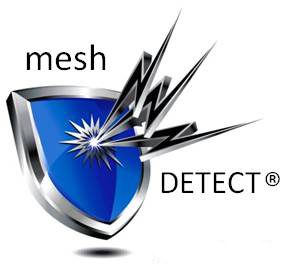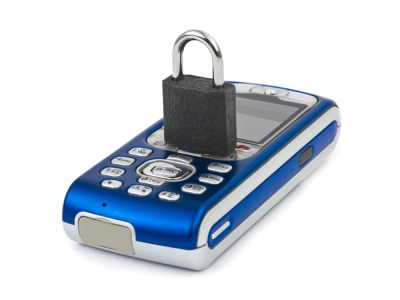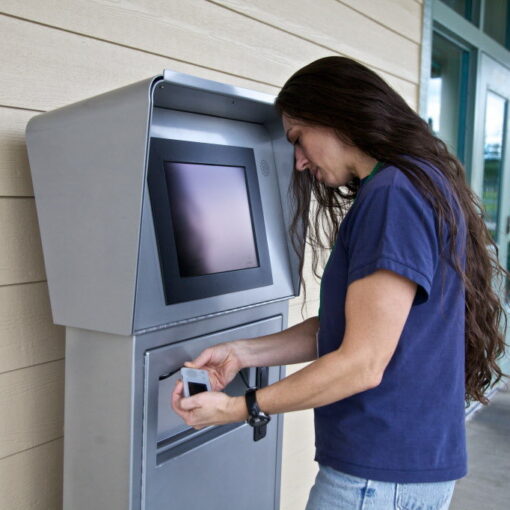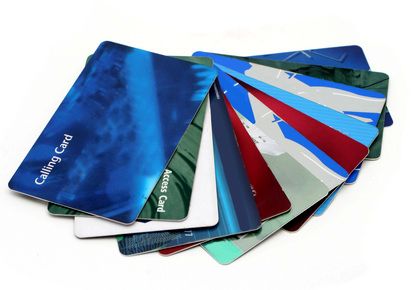 After last year’s announcement by the CDCR that they would halt the deployment of the managed access systems touted to stop the supply of contraband cell phones into California’s state prisons, the Department of Corrections and Rehabilitation has now announced it is installing 272 more metal detectors, 68 X-ray machines to scan packages, 103 low-dose X-ray scanners, 170 hidden surveillance cameras, 34 devices to decrypt and analyze cellphones, and 272 scanners that detect magnetic signals in a new effort to address this supply problem.
After last year’s announcement by the CDCR that they would halt the deployment of the managed access systems touted to stop the supply of contraband cell phones into California’s state prisons, the Department of Corrections and Rehabilitation has now announced it is installing 272 more metal detectors, 68 X-ray machines to scan packages, 103 low-dose X-ray scanners, 170 hidden surveillance cameras, 34 devices to decrypt and analyze cellphones, and 272 scanners that detect magnetic signals in a new effort to address this supply problem.
According the the prison payphone provider in California, who also oversaw the now cancelled managed access system deployment, “The latest crackdown is unlikely to deter inmates who want to conduct illegal activities using an unmonitored cellphone,” said a Global Tel-Link product manager. “There is no magic bullet, You can’t try to address the demand because the demand is always going to be there. So it’s better to control the supply, not only by capturing illicit phones but analyzing their calls and contents. That analysis has at times led to investigators uncovering weapons or drugs within prisons.”
Demand and supply are two sides of the same coin
We have long advocated for a balanced strategy that addresses both supply AND demand, however. We believe that the problem of demand for smuggled mobile phones in jail goes beyond long-term offenders looking to continue their drug or crime operations, witness intimidation and the avoidance of high LD rates. The demand is also driven by a desire for more communication and more privacy (not secrecy). As such, any comprehensive solution should address both sides of the equation – supply and demand. However, like the problem of drug smuggling, without addressing the demand for contraband, the problem will never be solved.
A recent CDCR inmate, now released, shared with us the following insight, “California’s gangs have evolved over the past 5 decades to operate efficiently within the system of scarce resources. They can get gang orders out of a locked down county jail and into a locked down prison 70 miles away between midnight and 2 AM without reliance on any contraband inside either facility, telephones, nor help from staff using only technology from the 1970’s plus a large number of people inside and out working towards a common goal (FGA in custody terms – in furtherance of a gang activity). Sanctioned gang action does not travel over any phone for a reason. The reality is contraband phones are used for calls to friends and family, mostly female, because the GTL system is inadequate to serve the number of people housed within CA’s system of incarceration. Managed Access has become an asset for the gang that controls and sells and profits from the technology to defeat it, since it now drives demand for the product they offer to sell inside while reducing supply of competing alternatives.”
An article written by a current CDCR inmate also provides some interesting insights into this demand and how it is met, “The black market within the fences of the California prison in which I am incarcerated is as bad as any corrections department in this country. In my case, this prison is five hours from home, and the distance makes visitation a financial burden. Some prisoners have it even worse. The vast majority of the prison population lives on the support of loved ones alone. While the cost of a contraband cellphone is high, the corporation-run prepaid call system is downright robbery. Desperate to stay in touch with loved ones and faced with only unaffordable options, incarcerated people turn to the black market, where they are charged as much as $1,000 for a contraband smartphone. Incarcerated persons prefer to take the risk and spend the money on contraband phones than rely on the prison phone system because of the freedom they provide and their functionality beyond making simple calls. There are no time limits and fees to place calls…”
“The drug market is self-sustaining because drugs are consumed almost immediately. There will always be a demand for them, and the supply can flow as freely as they can be smuggled into the housing units. But a phone can possibly last years once you have one. So, there is a need for constant manipulation of the supply in order to ensure a steady stream of demand. The models of phone that I’ve come across are difficult to conceal and this could be deliberate. In the outside world, there are keychain-sized smartphones with 3G capabilities, but rarely have I seen one in here. I bought a basic talk and text-only phone the size of two fingers, and costed me the same amount as a 4G touchscreen model the size of my hand.”
meshDETECT is a secure prison cell phone solution that gives detainees highly customized cell phones with all the security and control features of prison payphones. This allows those detainees whose only desire is for legitimate, non-criminal contact with family to use wireless technology safely and securely.
By siphoning off and co-opting this non-criminal wireless usage, we significantly reduce the overall demand for contraband cell phones and therefore the profitability for those smuggling these devices. Less financial reward for cell phone smugglers changes the risk/reward equation and makes it much less appealing given the high personal and professional risk for those caught smuggling.
- Multi-Blockchain System for Inmate Forensics - April 2, 2024
- Blockchain to Secure Attorney-Inmate Privacy for Prison Calls - June 28, 2023
- meshDETECT® Announces Grant of Ninth Patent For Blockchain Wireless Services - August 26, 2022




